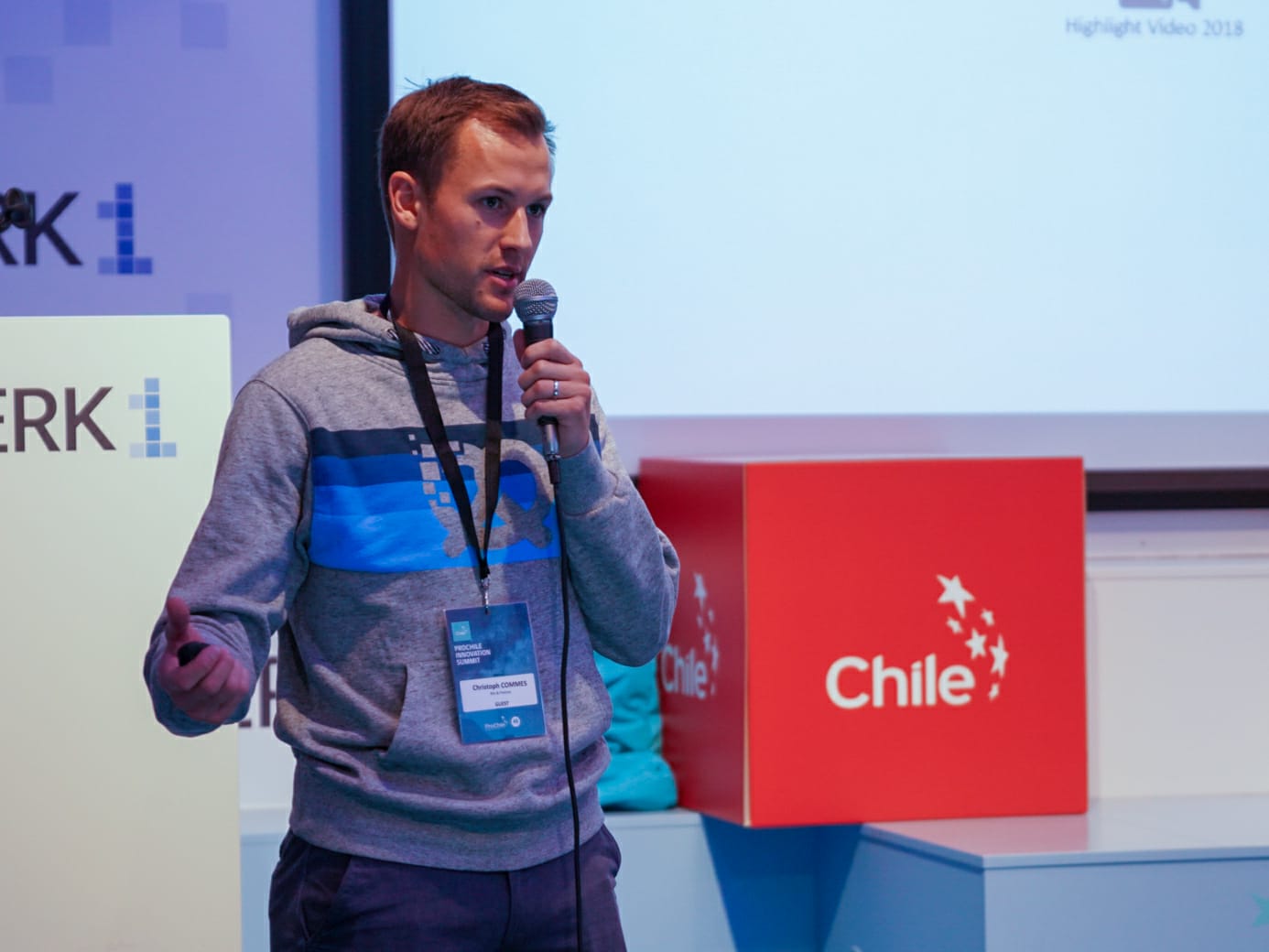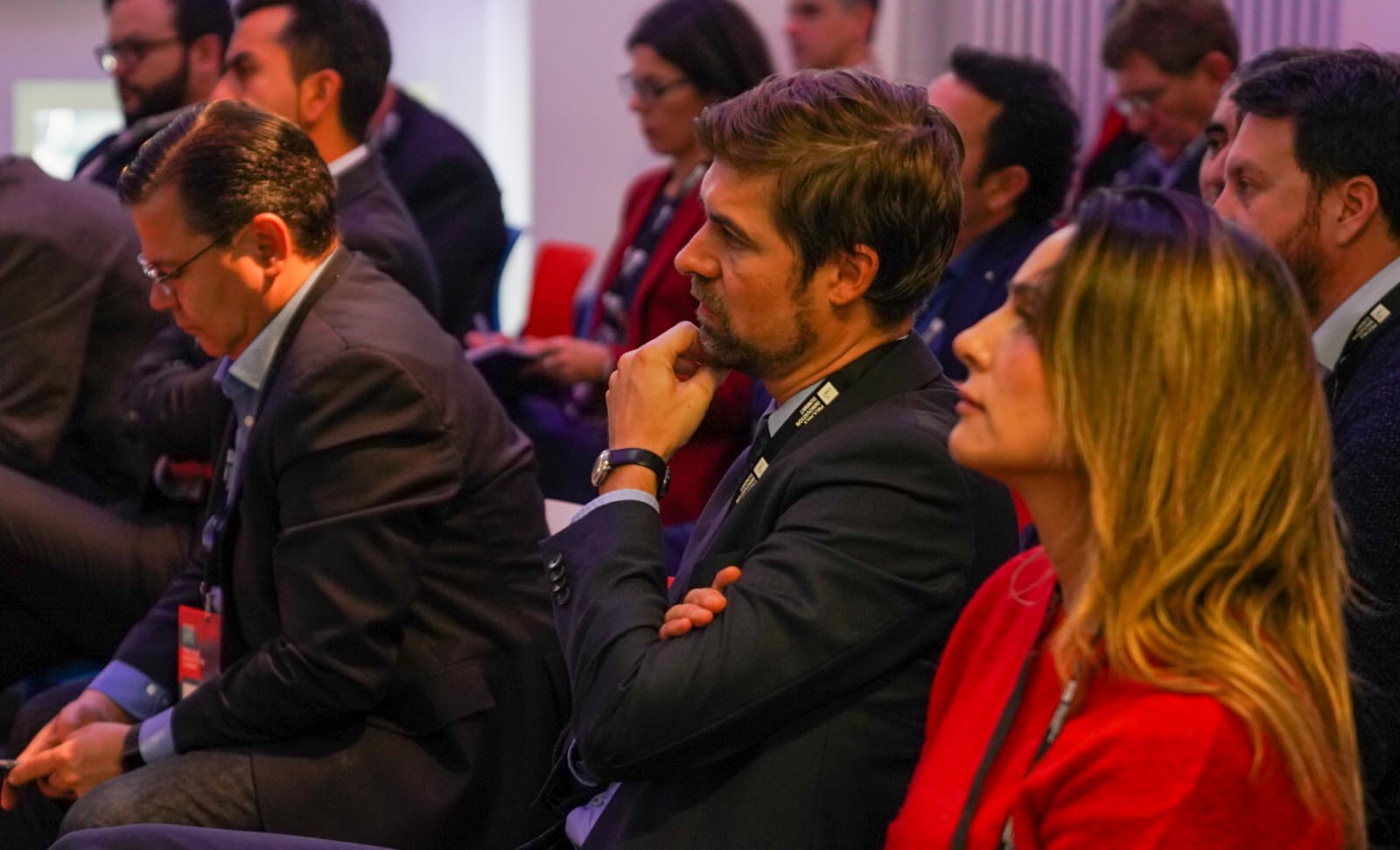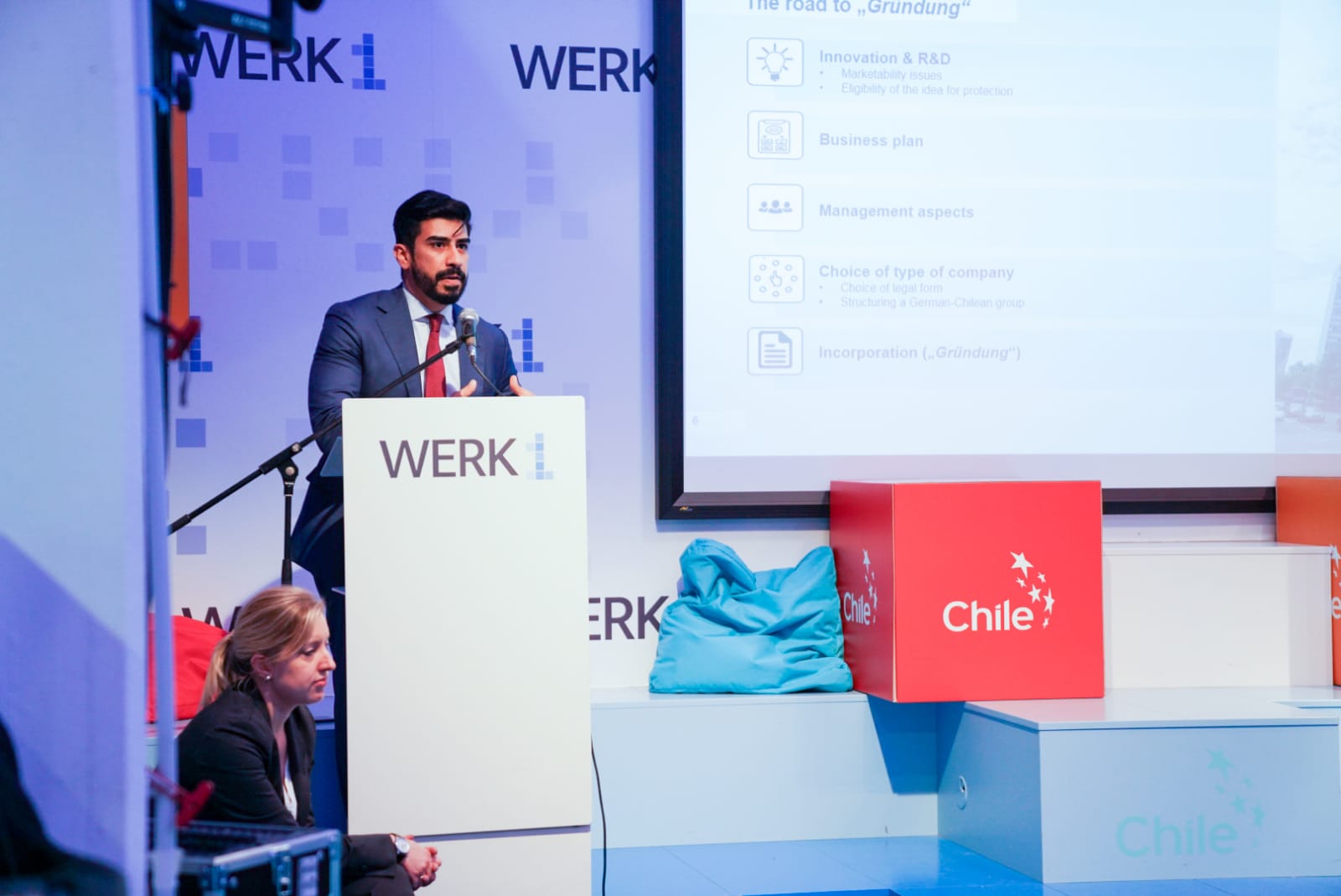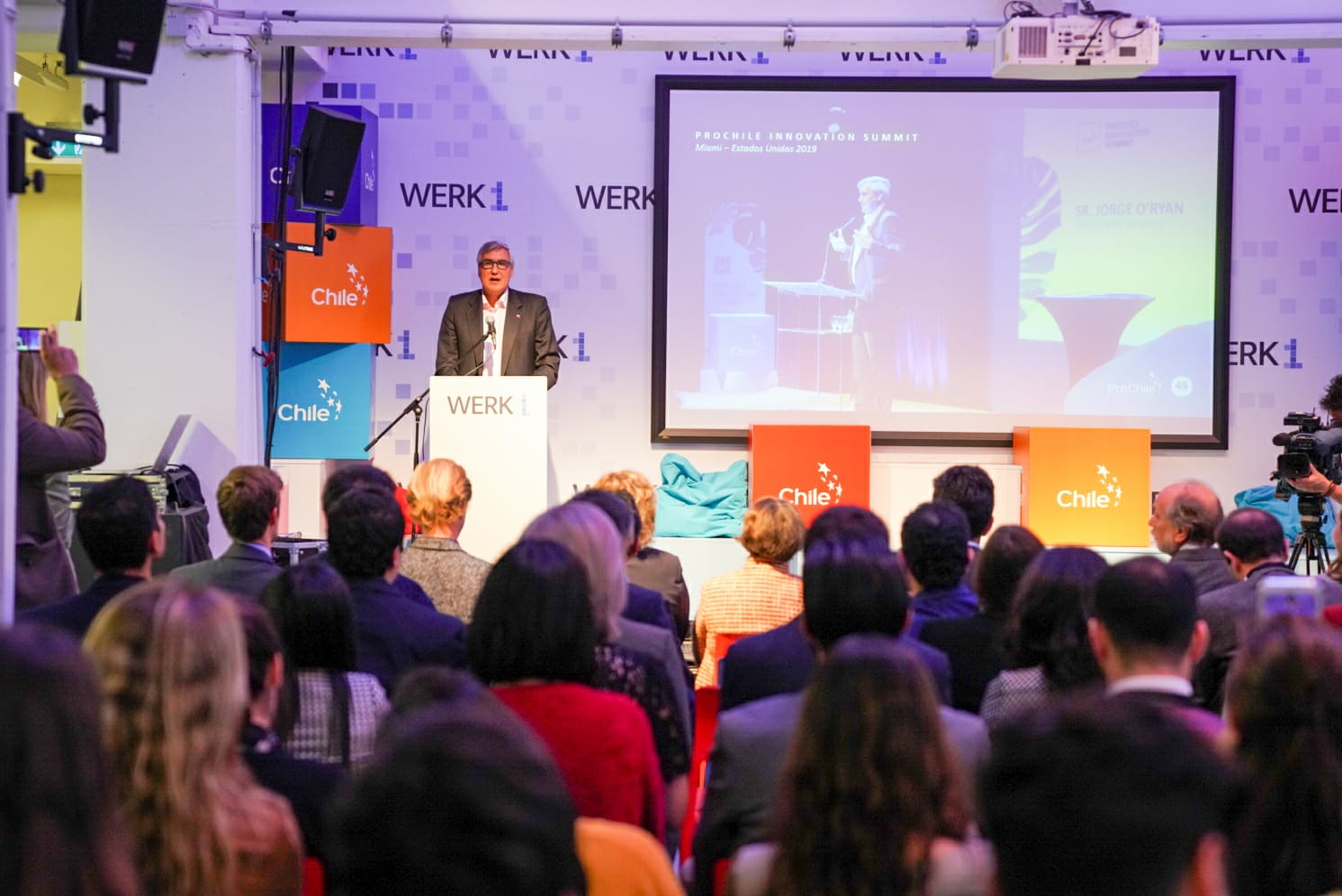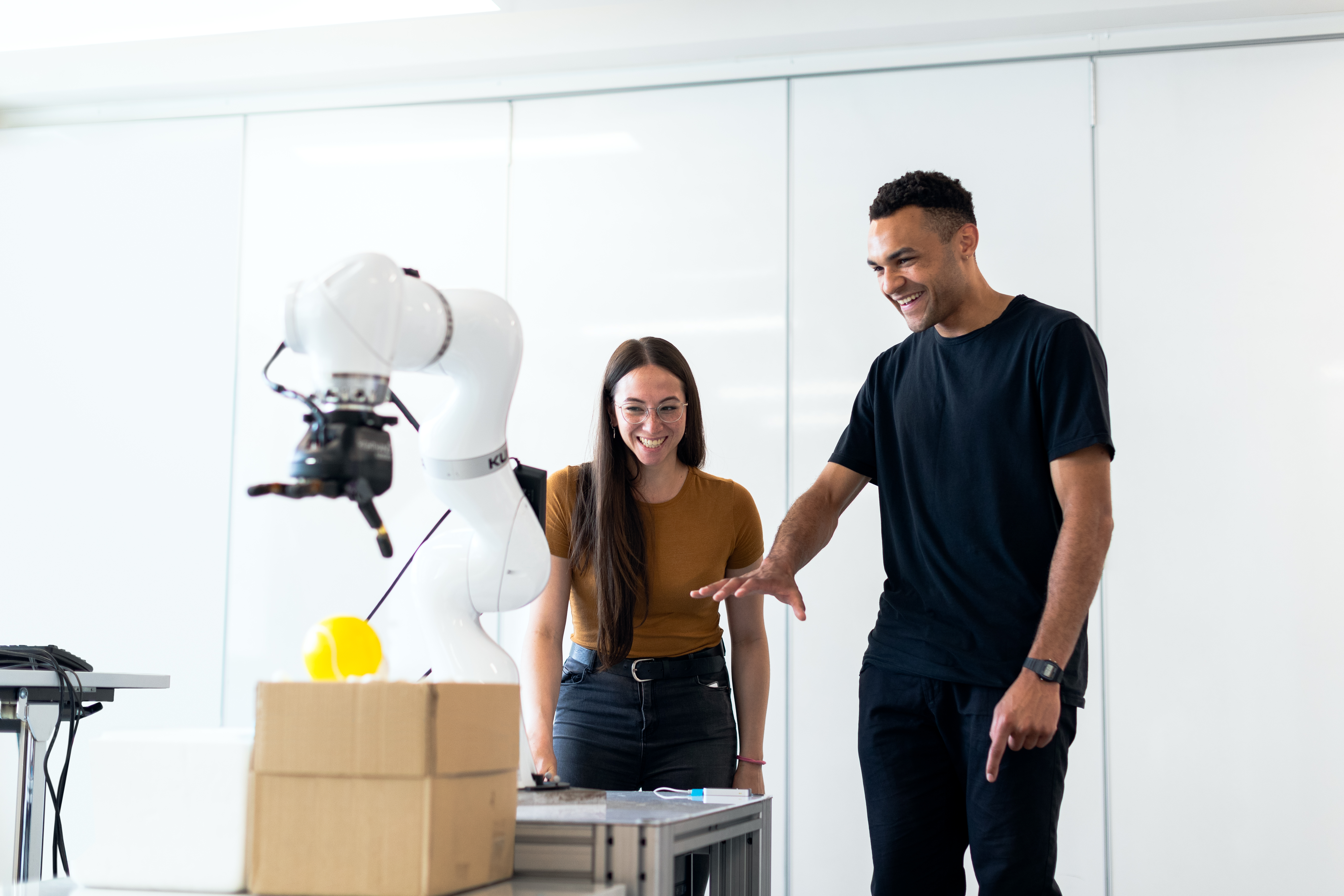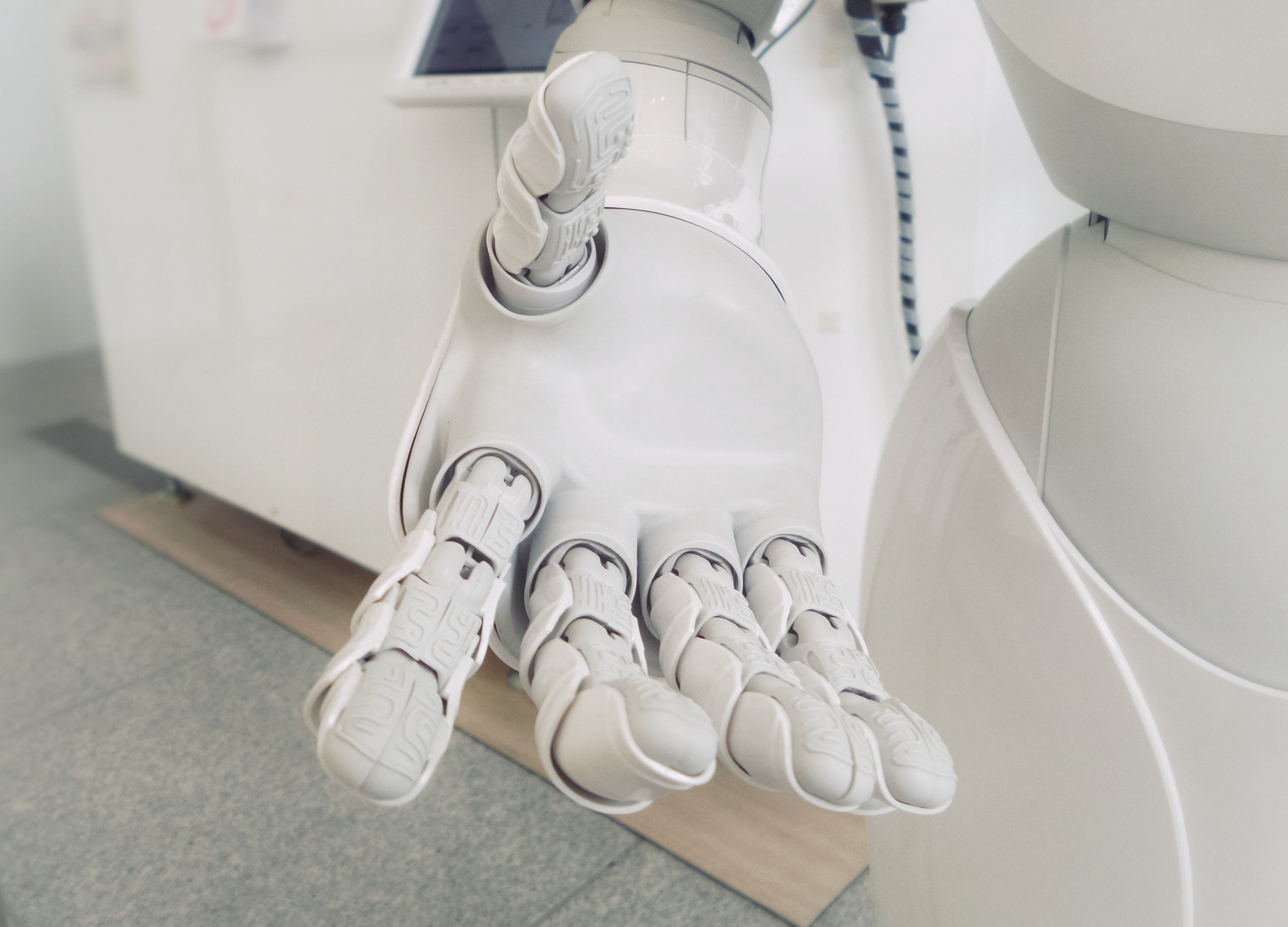Do you know the public / private financing options for R&D in Chile?
Source: CIDIF
Among the institutions that seek to support innovative solutions we can name:
- CORFO: The largest institution to find financing for national projects. Among the funds we can mention the Crea y Valida, to help carry out innovative products or services with a co-financing of up to 150 million pesos, and the Flexible Assignment Seed Subsidy (SSAF), which is mainly oriented to startups.
- Sercotec: The Technical Cooperation Service is a private law corporation, dependent on the Ministry of Economy, Development and Tourism, dedicated to support micro and small businesses and entrepreneurs in the country. If you have a project that is just starting, the recommended fund is Capital Seed Emprende. If your project is already in advanced stages, you can apply for the Grow subsidy.
- FIA (Foundation for Agricultural Innovation): This organization seeks to promote the development of enterprises in the area of irrigation and agricultural efficiency. Offers subsidies for young entrepreneurs that contribute ideas to the national agriculture.
ANID: By 2020 it was decided that scientific projects will be financed by ANID, instead of CONICYT. Among the notable funds is the IDeA I + D + i, aimed at non-profit legal entities. - COPEC UC: This Foundation seeks to unite industry and academia with the purpose of promoting R&D to innovate mainly in the natural resource sectors. The Regular R + D to Innovate Contest can subsidize up to 4000 UF and is aimed at individuals, companies, universities and research centers.
- StartUp Chile: This is a business accelerator that has driven almost 2,000 startups today. It has free funds of up to 50 million pesos for projects that are just emerging (Seed) or that have already been validated (Bridge).
Open innovation funds are another way to acquire financing. This is a model of linking with the needs of companies in an efficient, agile and low-cost way. ChileGlobal Ventures (Fundación Chile) develops open innovation challenges with companies and organizations. ImagineLab, Microsoft’s incubator and accelerator, also offers open innovation opportunities throughout the year.
At CIDIF we can help you formulate, apply and offer technological support in projects for the financing sources you need. Feel free to contact us for help.
Latest Post:











